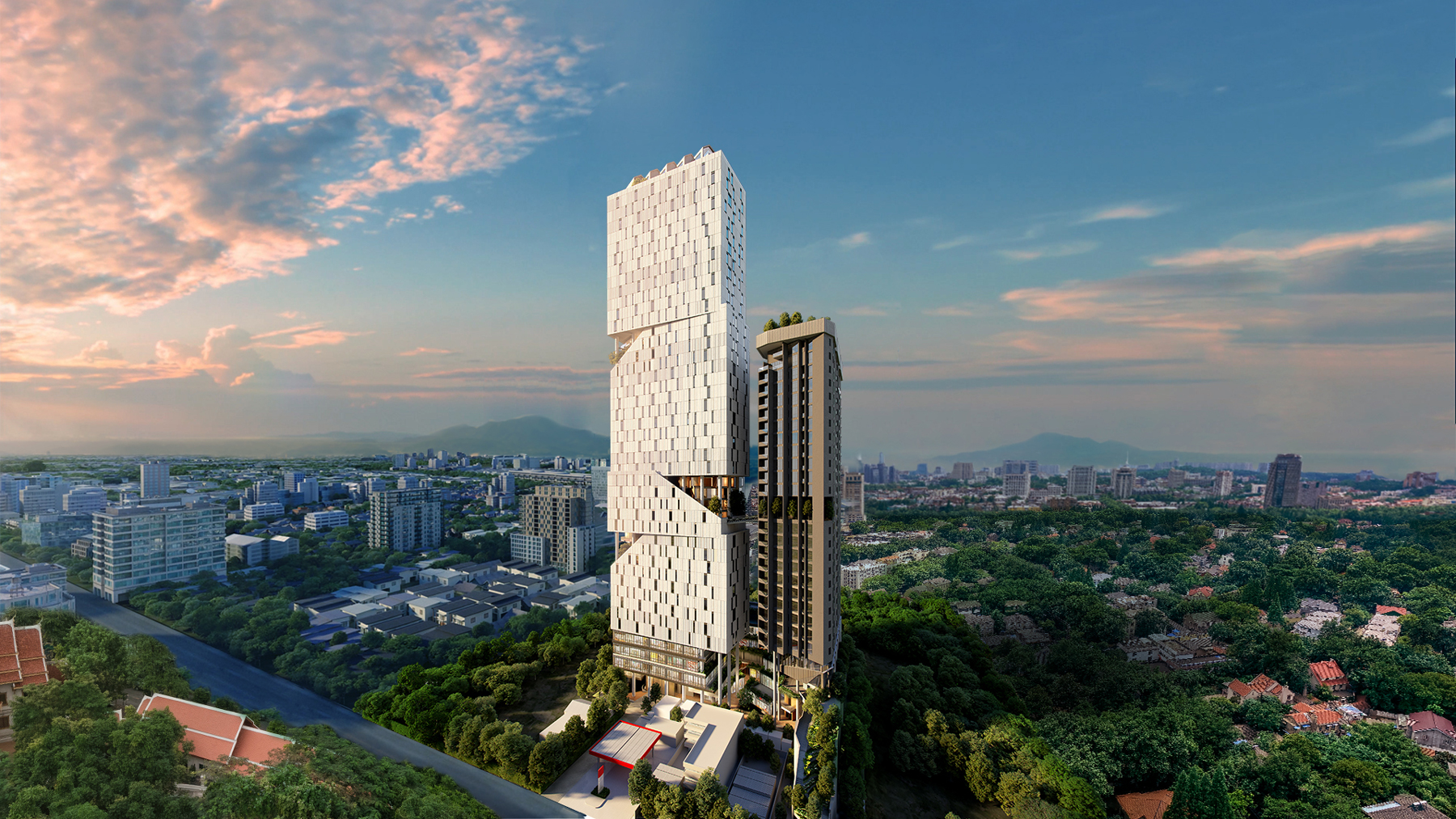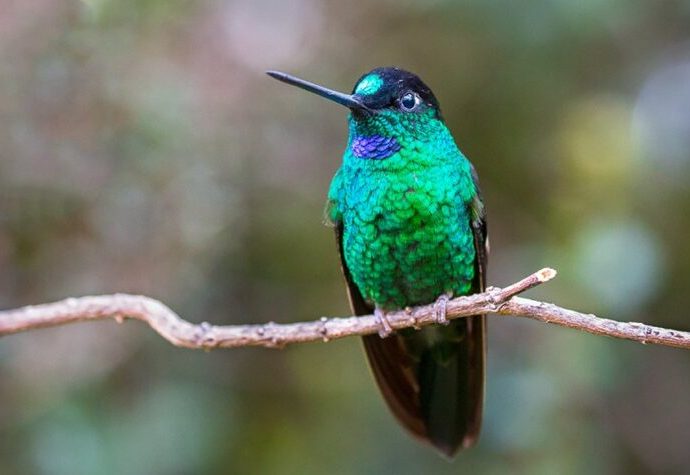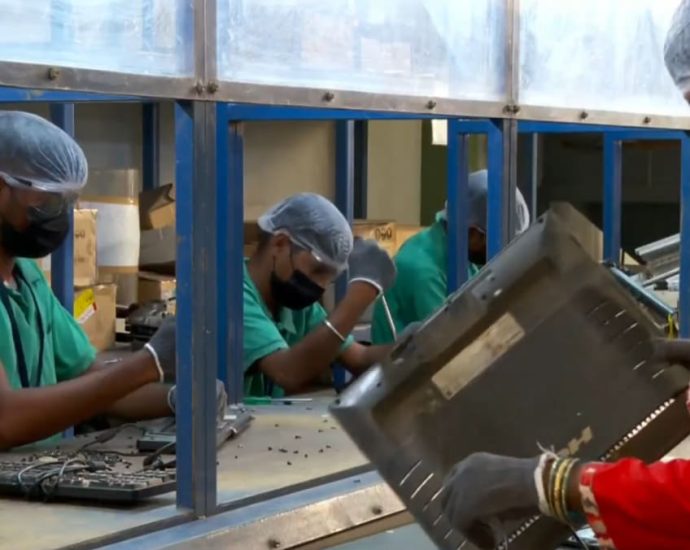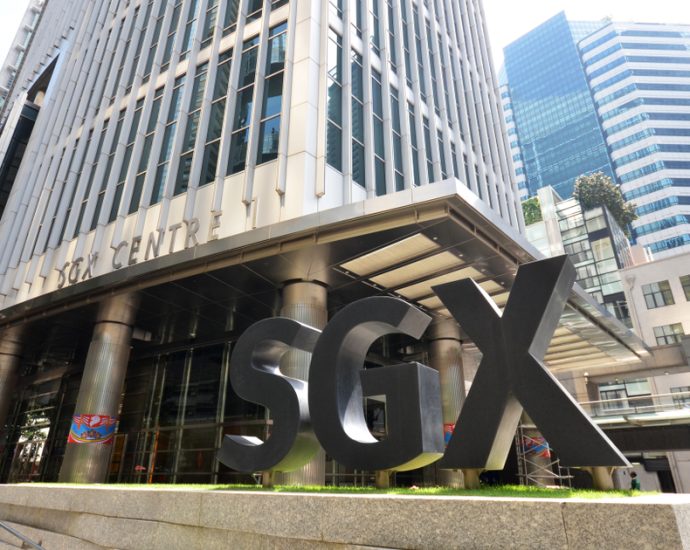The Radical Fund secures first close for investments in climate solutions for Southeast Asia
Will be announcing first investment this quarter
Fund will invest USD250-800k in pre-seed, seed & pre-series A startups
The Radical Fund announced that it has secured the first close of its target US$40 million (RM182 million) fund. The Fund is investing in early-stage ventures in Southeast Asia that are scaling solutions across climate…Continue Reading

































